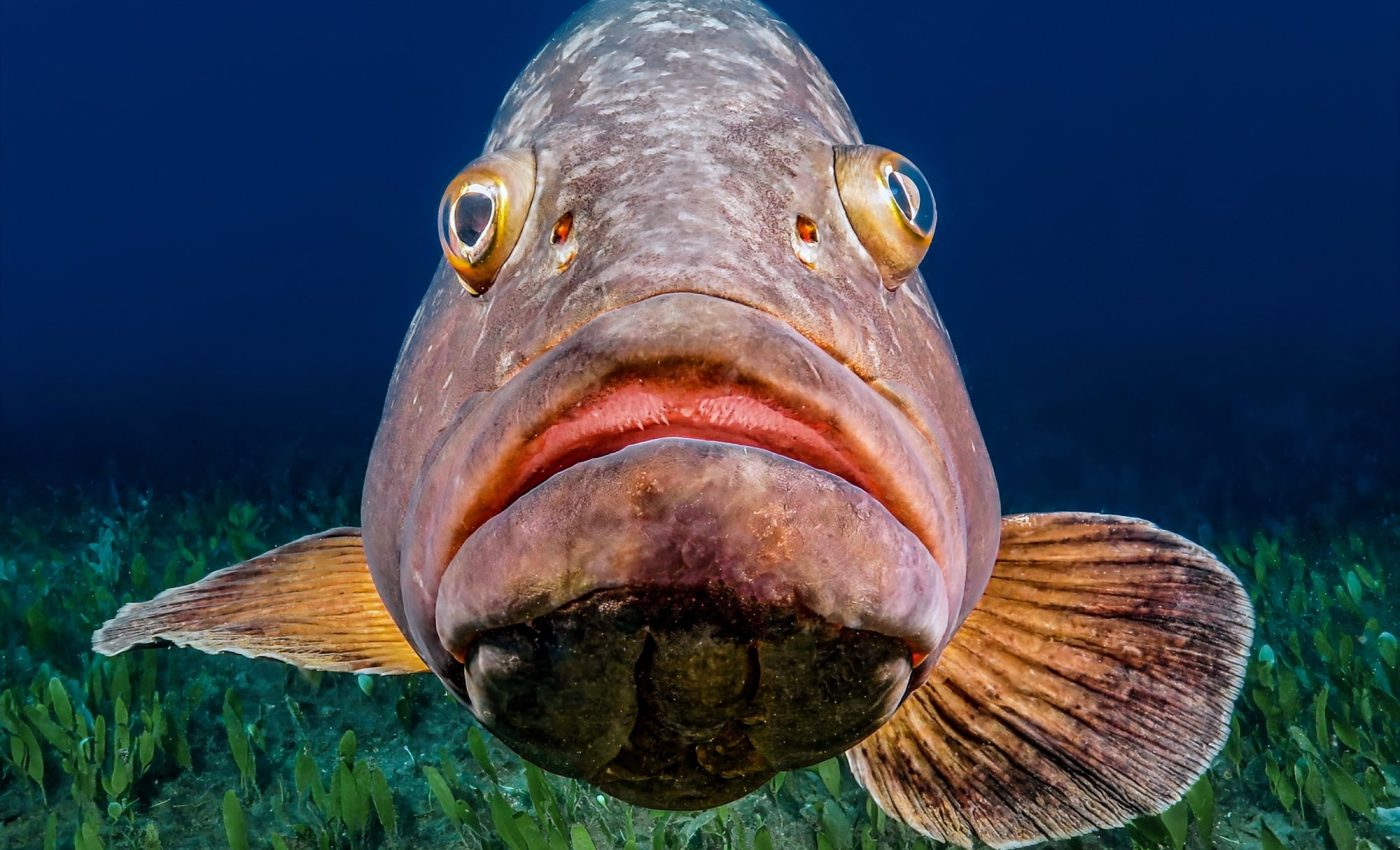
Frightened fish are fleeing from their spawning sites
Populations of squaretail grouper are facing an uncertain future as new research reveals that fishing targeting their spawning sites is causing males to repeatedly flee from their territories during their brief mating periods.
This disruption leads to significant challenges in courtship and mating behaviors, posing potential long-term consequences for the survival of these fish populations.
Squaretail grouper spawning sites
A study led by scientists at Lancaster University indicates that the impacts of fishing at squaretail grouper spawning sites extend beyond the fish that are caught.
The study shows widespread behavioral changes among those left behind, affecting their ability to reproduce. With disrupted mating, fewer offspring are likely to be produced, potentially jeopardizing the population’s future.
Crucial reproduction opportunities
Squaretail grouper gather at specific spawning aggregation sites for only a few days, a handful of times each year, during the new and full moons between December and March.
Male groupers arrive at these sites a few days before the lunar phases and establish mating territories to attract females. Females arrive a day before the new moon, and the fish attempt to pair and spawn in synchrony with the moon’s cycles before the females leave.
These gatherings are crucial as they may be the only opportunities for these populations to reproduce.
However, fisheries, particularly spearfishing and hook and line fishing, which involve free-diving, have begun targeting these gatherings intensively to ensure catches while the fish are distracted.
Changes in squaretail grouper behavior
In India’s Lakshadweep archipelago, located north of the Maldives, increased fishing at some grouper spawning sites over the last five years has led to a sharp decline in aggregation densities, with a 70% drop in a decade due to year-round targeting by fisheries.
The marine scientists who conducted the research had studied these sites more than a decade ago and noticed a significant change in fish behavior when they attempted to replicate their earlier study.
“We discovered that we couldn’t film or study the fish as easily at the aggregation sites as we could in the past,” said lead author Rucha Karkarey, a biologist at Lancaster.
“We couldn’t get as close to them, they would swim away as though we were predators. It was obvious to us that there was a difference in their behavior and we realized that the major thing that had changed in the decade since our previous study was the start of fishing at the site.”
The researchers compared male squaretail grouper behavior at both fished and unfished spawning sites, as well as data from their earlier studies.
Squaretail grouper fear responses
The team analyzed the fish’s fear responses by simulating a threat, with divers swimming towards spawning groupers to see how close they could get before the fish fled, and measuring the time the fish spent defending territory and courting in the absence of a direct threat.
Although males who had already partnered with females at the fished sites took greater risks during courtship – fleeing later and returning earlier – the study found that single males at fished sites were twice as likely to flee and took two and a half times longer to return to territories than fish at unfished sites.
Fewer than half of the single males returned to their territories at the fished sites, compared to two-thirds at the unfished sites.
Lost mating opportunities
While escaping early can ensure individual survival, it also means lost mating opportunities. Squaretail groupers, which can live up to 12 years, may exhibit this behavior change due to their experiences with fishing.
“Our findings suggest that the stresses caused by fishing are making the fish more nervous and on guard,” explained Karkarey. “In turn, this is reducing the opportunities for single male groupers to find a mate and reproduce because they are being more vigilant and compromising territorial defense by fleeing.”
The researchers noted that paired males, who are fitter and more successful at reproducing, are the ones being fished, which can have consequences for the fitness of this population in the future. “If a spawning aggregation event only lasts for a short period of time then every hour counts,” said Karkarey.
The researchers also found that male groupers at fished sites spent significantly less time and energy aggressively defending their territories from rivals.
Reduced aggression at fished sites
At the fished sites, males engaged in nearly ten times less aggressive behavior compared to those at the unfished sites.
This change could be due to various factors, including females becoming less choosy in high-risk situations or bolder fish being removed from the population by fishers, though this aspect was not specifically studied.
“Decreased aggression can hold significant evolutionary implications in mating aggregations, specifically through a relaxation in sexual selection, which could have implications for mate choice, population fitness, and long-term resilience,” said co-author Sally Keith from Lancaster University.
“This study is the first of its kind in these atoll reef islands, and the findings can play an important role in fishery resource management in this archipelago,” added Idrees Babu from the Department of Science and Technology at UT Lakshadweep.
The study, published in the journal Biology Letters, highlights the urgent need for targeted conservation efforts to protect squaretail grouper populations from the adverse impacts of fishing on their reproductive behaviors.
—–
Like what you read? Subscribe to our newsletter for engaging articles, exclusive content, and the latest updates.
Check us out on EarthSnap, a free app brought to you by Eric Ralls and Earth.com.
—–













